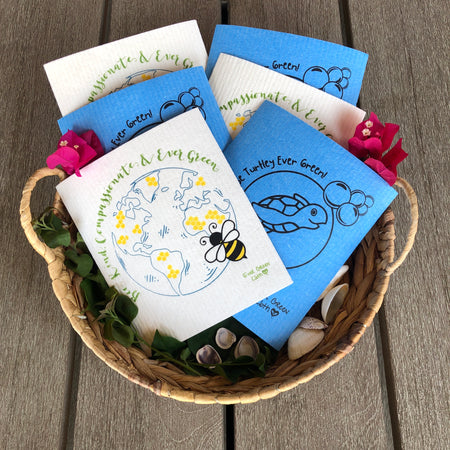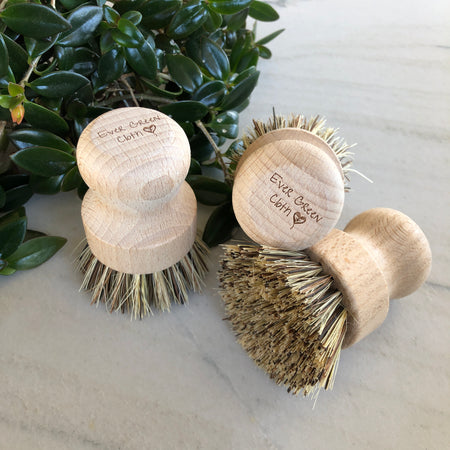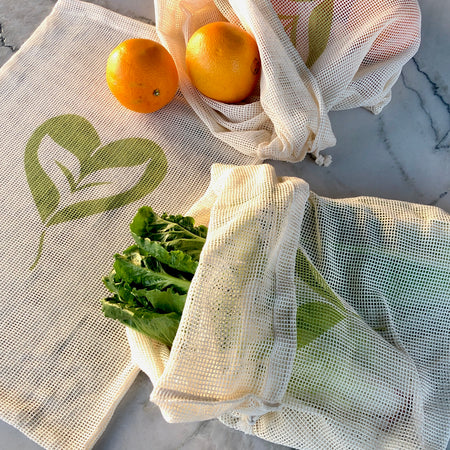March 29 2020 – Digital Marketing Integrated Collaborator
In the last few months, the effects upon wildlife that come from eating, or becoming entangled in, plastic debris have been reported more widely and more often than ever before, leading to public outcry and protests.
These tragic events should come as no surprise: there are an estimated 270,000 tons of plastic floating through the world’s seas where it threatens 700 marine species with its presence. Further, there is growing evidence that plastics play a role in rising rates of species extinctions.
But entangling or lodging inside the digestive tract of an unfortunate victim, like whales and other marine mammals, birds, sea turtles and fishes, is not the end of the line, because plastics do not biodegrade, nor are they digestible. Instead, large plastic pieces break into smaller fragments that are easy for even more animal species to consume. Eating plastics results in malnutrition, intestinal blockage, or slow poisoning from chemicals leached from or attached to plastics.
It’s almost as if seabirds and other marine animals are intentionally seeking out plastics and consuming them -- but why? Recent research proposed that plastics in the oceans become covered with marine algae that release a natural sulfur compound, dimethylsulfoniopropionate (DMSP), when they die or become damaged. This chemical is detected by hungry seabirds and other marine creatures, which are attracted to it and then they mistake plastics for lunch.
Not even microscopic animals, collectively known as zooplankton, are safe from ingesting plastics, the only difference being that they consume microscopic plastic bits. Similar to plastics consumption by larger animals, microplastics can result in reduced feeding, energetic deficiencies, injury, or death of zooplankton-- A Very Bad Thing since zooplankton are part of the essential foundation upon which the entire marine food web rests.
Tagged: birds eating plastic, ecosystem, environment, fish eating plastic, garbage patches, lake pollution, marine mammals eating plastic, microplastics, microplastics in water, ocean pollution, plastic polluting, rubber pollution, single use plastic, species extinctions, species habitat, water pollution



